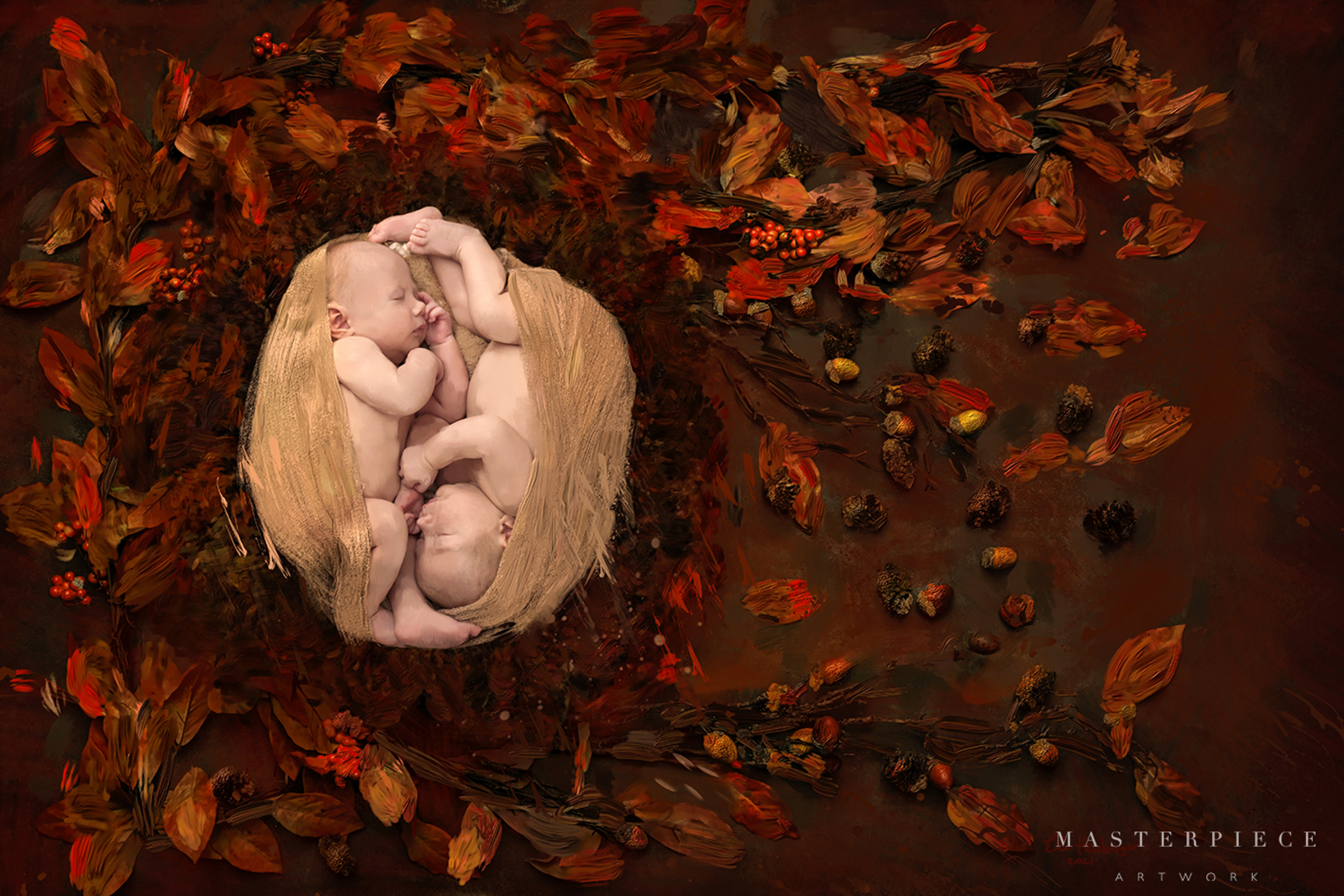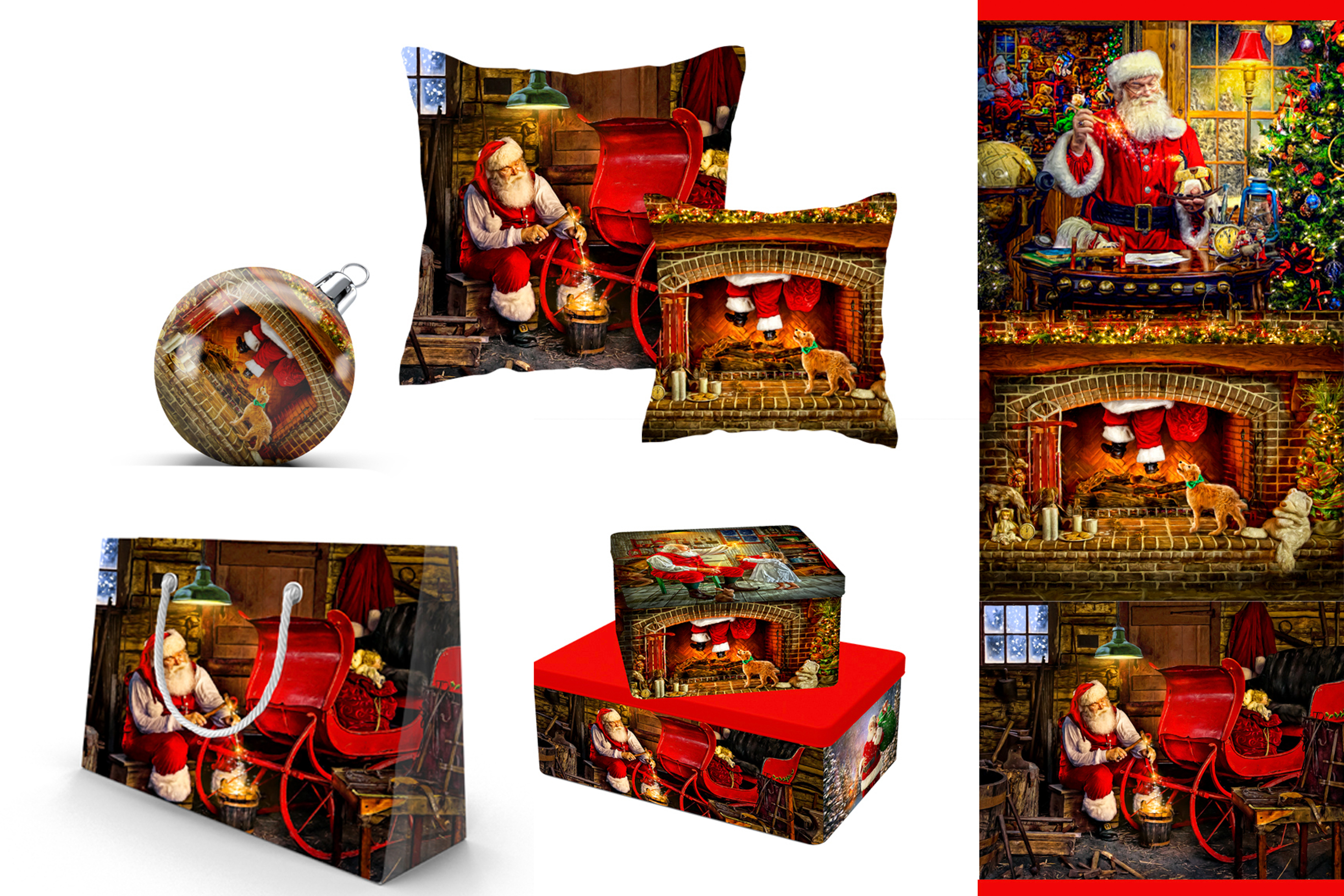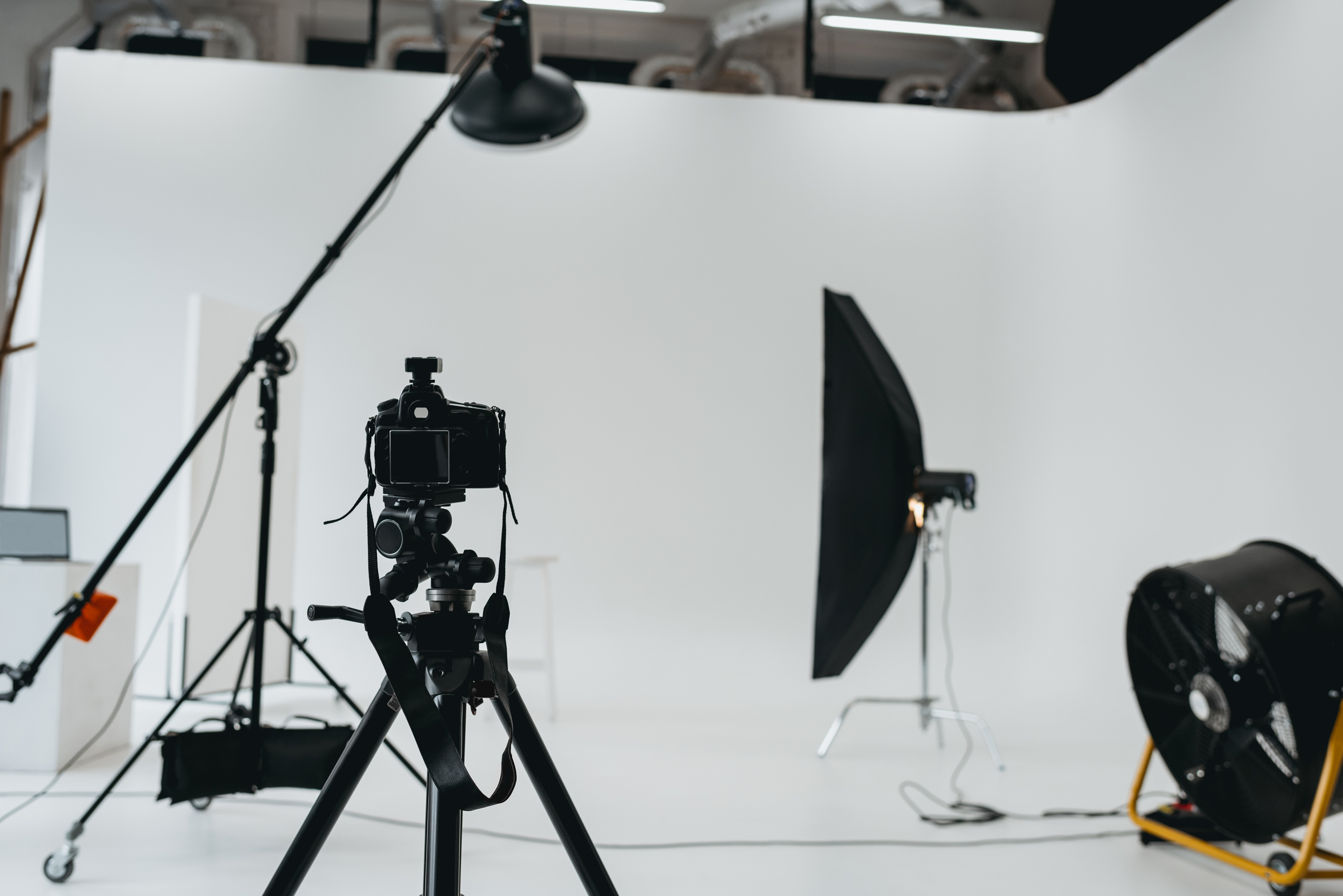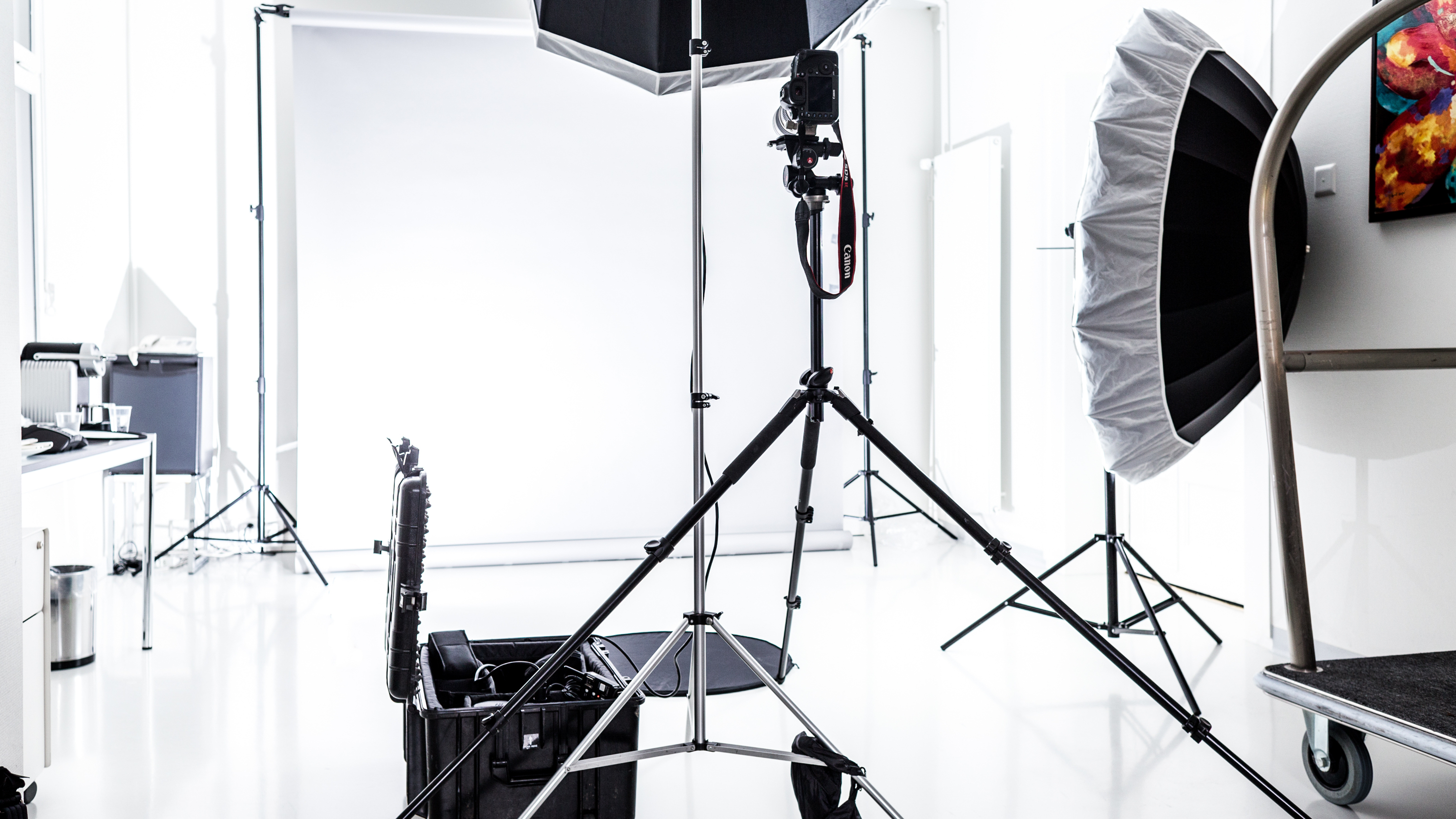Photographic Style or Business Model? Which one comes first? Chicken or egg?

The Big Question!
The question of whether photographic style or business plan/model comes first is similar to the age-old question of which came first, the chicken or the egg. The answer may vary depending on the perspective and individual circumstances.
Photographic Style.
A photographic style refers to the unique artistic approach and visual aesthetic that a photographer develops. It takes a fearless photographer to create their own photography style and then turn that style into a photography business.

Elements of Style.
A photography style encompasses elements such as composition, lighting, color palette, unique combinations of photo editing, photo editing software, subject matter, and overall creative vision. In fact, it is all of the above and perhaps more depending on the vision of the creator.
Photography styles rarely are quick to develop and require some soul searching, effort, trial and error, and knowledge mixed with frustration and fearlessness.
The development of a photography style is not for the faint of heart or the timid, as your "style" is "you" and you alone.
It Takes Time to Develop a Style.
For many photographers, developing a distinct photography style is a gradual process that evolves over time through experimentation, exploration, and personal growth.
For others, the development of a photography style is a passion and burning desire that cannot be suppressed. Either way, it will take time.
To me, the greatest element of one's own personal style is the one hardest for most to manifest. It is the vision of the person.
One also must be at peace with themselves and comfortable in their own skin, before one can truly create their own photographic style. (Or personal style for that matter.)

Is A Photographic Genre The Same As A Photography Style?
A photographic style and a photographic genre are two completely different things. Photography style is about the person...the genre is more about the industry and who your client will be.
Here are some photography genres.
Wedding photography, portrait photography and family portraits, documentary photography, family photography, fashion photography, Stock photography, event photography, sports photography, pet photography, landscape photography, food photography, real estate photography, product photography, and stock photography.
Let's not leave out fine art photography, travel photography, headshot photography, aerial photography, and lifestyle/social media photography.
How about newborn and birthing photographs...two completely different types of photography yet associated genres.

Licensing is a Different Animal...but Very Interesting.
Then there is photography licensing. That in itself can be an exciting photography business and photography career.
Your photography clients here will be manufacturers and not individuals. It may include creating stock photos.
Licensing is a different game and a completely different photography model, both are the creation of photography, marketing strategy, and image quality. It is not to be afraid of, as it is just a matter of learning the game and playing it well.
Any Genre Can Have A Style.
These are just a few examples of different photography genres. Interestingly, you can develop a "style" and a "photography business" within any genre. Once you find they love a certain genre first it will allow them to follow their passion in the development of their "style".

How Do You Know When You Have Developed Your Own Photography Style?
-
When you see an image and without any research you know who created the photograph. That photographer has developed his or her own "style".
-
When others begin to copy a style developed by one original creator of a specific niche or style.
-
When you know in your heart that this look is unto you and no one else. That does not mean you cannot learn from others, as we all do. It means you are pushing boundaries and are part of photography evolution.
This part is really interesting. Your work/style and photography are going to be created using the same lighting, whether natural light or artificial light.
Your style will incorporate editing programs or programs, photographic process, camera settings, focal length options, cameras, studio space, and fast or slow shutter speed, as is used by other photographers. So how is your work going to look like only your style?
It will all be about HOW you use the knowledge you have, blended with your personal vision and creativity.
It is About Your "How".
It is HOW you use and create your specific combination of all of the above and more. It is not about having the right camera or taking photos without knowledge and trying to create a style in an editing program. It is deeper than that.
It is about HOW you spend hours and thought. It is about HOW you refine and amass your knowledge and skills. It is about HOW you implement knowledge and skills and then combine them in a way with is only unto you!

EMOTION
This is the thing you cannot touch. It does not come from using a different lens or using a clever few sentences with a client. This also requires thought and application so your photography will evoke the emotion you want for your photography style.
Posing and or the lack of it can produce emotion in photography. This will manifest itself in the form of good or bad composition.
The use of positive and negative space and how you use the fundamentals of photography and art will play a big role in providing the emotion you want to show in your photography.
Fundamentals Matter.
You must know the fundamentals before you can bend them to suit your photography style and in fact your photography business.
Professional photographers who truly want to have their own photography style, generally have taken the time to study and understand the fundamentals of photography and art.
Believe it or not, not all emotion comes from the subject or photography itself. It can be a matter of specific post-processing in an editing program, or use of artificial or natural light, or other options available within a photo studio.
Photography Business Plan/Model:
A photography business plan, on the other hand, refers to the strategy and framework through which a photographer monetizes their work. This is the difference between an armature photographer and a professional photographer.
An aspiring photographer may choose to decide on a genre, then make business plans that cover the vast majority of being a business owner in that genre.
The product will be photos of course, as it will be a photography business. Or will it? You will need to define your "products" in your business plan.
In many cases defining every aspect of your business plan is a better idea than making your style first.

Knowledge, Preplanning, and Preparation.
Business plans or a photography business plan also requires knowledge, preplanning, and preparation. You will spend hours on this as well and once your business plans are complete you will see that taking photos is only a small part of a photography business.
A photography business involves decisions related to pricing, target market, marketing channels, revenue streams, and operational aspects of running a photography business.
A solid business plan helps photographers sustain themselves financially and build a sustainable career.
The Part-Timer
If photography is a passion in the everyday life of a person, at some point they are going to make a decision to either make it a photography business or remain an amateur photographer.
There really is no good in between. Even a part-time professional photographer with a good compact camera and social media presence will still need business plans to reach any level of success.
Rules Apply To All.
That goes for real estate photographers lifestyle photos, travel photography, and most certainly wedding photographers. You will still need a marketing strategy, photography and client data management software, and an understanding of social media.
You will still want to know how to get to the top of other search engines. You may even want to create a photography blog. You see this often with travel photography. Social media is quite important to both the pro and the part-timer.

So, which comes first?
There is no definitive answer to this question, as it can vary depending on the individual photographer and their goals. Some photographers may prioritize developing their artistic style before focusing on creating a photography business.
This applies to all photographers, whether choosing wedding photography, portrait photography, fashion photography, or commercial photography. You may decide you want to be a fine art photography business owner or do pet photography. The genre within the photography world is irrelevant.
Make the Decision.
Each photographer will still have to make the decision to spend an extraordinary amount of hours (the "10,000 hours to develop a style" saying is real) to develop a photography style or create a profitable photography business, then add the photography style.
Does Your Creative Voice Come First?
Many photographers may invest time and effort in refining their techniques, exploring various genres, and finding their creative voice. Once they have a well-defined style, they can align their photography business model accordingly to attract photography clients who appreciate their unique vision. But do they know who their target audience really is at the beginning?
Your creative voice is your personal connection to the style mixed with technical aspects such as lighting setup, post-processing, and other accessories. It is not about doing one single image. It is like being a mad scientist and treating your photography style like a new creation that has never been seen.
Creating Your Style. The Combination of Thought, Technique, and Knowledge.
A highly sought-after photography style can provide a lucrative career within a specific niche. A style within any niche is generally a combination of much thought and fearless application of technique and knowledge.
Sometimes the results in the early stages may look quite poor, however the true creator of a photography style, powers through these moments by using them as learning steps to the style they are developing.
That being said, once a photography style has been created and a segment of the public wants it, the door is open to creating business plans that match the style to the buyer in a profitable fashion.
A Professional Photographer is Born.
This is the beginning of a professional photographer when they start with the style first. Imagine seeing an image on social media, whether it is landscape photography or portrait photography, etc, and you are blown away. You have never seen anything like it. You will want to know who created it and what the heck it is.
This is the photography style of a photographer leading to brand awareness. It does not matter if it has come from a new photo editing software or photo editing process. The key is that it new...the look is new and the style is unique. Left and Right Brain.
Creating a NEW and UNIQUE photography style requires a strong balance of left and right brain thought. You must be very creative and very knowledgeable and analytical at the same time.
Other photographers may not agree with this however, in my life and will all other creators I have met, this left/right brain fact is always true.

The Creative Side.
The Creative Side of you is where your ideas manifest. It is where the thought is mixed with wonder. It is color and light and all things you "see" in your mind.
When a person is overly creative they tend to become that daydreamer would always have a new idea but rarely puts anything into action. They talk about a good photography game but you never see anything new or wow.
The only way to make your creative side really happy is to embrace your logical and analytical side so you may begin to get those ideas out of your head and into the world.
The Logical and Analytical Side.
This side of you knows how lenses work and are the photography type that loves details. They are fascinated by the camera settings and what they do. Do camera settings fascinate you like this?
They want to know about compact cameras and pretty much any new tool or product that may help them in their photography business.
This side of the brain wants to know "how" light works and why it does what it does. They know the fundamentals apply to all photography whether product photography, travel photography, sports photography, event photography, etc.
Social Media is for Left and Right Thinking.
Both sides of the brain want to know about social media, but the logical side wants to know about how algorithms are going to get their travel photography, for example, to have the highest views.
The creative side wants to know how many pictures they can post and who will see them. The creative side is more closely connected to the ego.
You Need Both Left and Right Brain Thought.
Ask yourself this question. When you get a great idea and this, unlike anything you have ever seen, can you produce the look and get it out of your head and onto a canvas or social media post?
With a 50/50 balance of left and right brain thought, you can not only dream incredible ideas, you also will have the passionate knowledge to get them out of your head and into the world. This is exciting to any true creator.
Creating Takes Both Trains of Thought
Creativity rises to another level when the brain knows you have the ability to bring your thoughts to reality. Knowledge and the ability to apply that knowledge is powerful. This dual-side approach and thought ability is where style begins.

A Photography Style is not a Photography Style until it is Repeatable.
The next step is repeatability with that style. If you see this stunning look only once on social media, and then you never see it again by the same artist, it may be a fluke or simply not repeatable.
If it is a portrait there would be no portrait photography business to be created around this art as clients would demand that "style" for their portrait photography.
A photography business and photography style requires consistency. This is also the sign of a professional photographer with knowledge and understanding of what they do.
Certain Aspects of Photography Styles are Hard to Explain.
The style must come from the heart and soul. Once a photographer has put in the 10,000 hours little things happen and show up in the work that is quite hard to explain or put your finger on. It is that certain something that only comes from you...the creator of that style.
How can a landscape photography business create photographs of the same areas as the competition and yet their work looks stunning in comparison? One has passion, heart, and soul and it is all mixed with technical prowess and focused application....plus that certain something that comes only from that photographer.
You See and Know Right Away
You see the work and know it is from that one photographer and their branded photography business. This is true when there are no people in the photography.
Photography business genres like travel photography, food photography, and product photography still feature the photographic style of the artist.
Photography Style First Example
Think of the best product photography you have ever seen...you see the photos on social media and the work still wow you. It is no longer about favorite photos or a lucky one-shot.
Once the photographer reaches that level, they will be in demand. Professional photographers will recognize this and have proper photography business plans in place.
Does Developing a Photography Business Approach Come First?
On the other hand, some photographers may adopt a more business-centric approach from the beginning. They may identify a market niche or target audience, research their needs and preferences, and develop a photography business tailored to meet those demands.
These photographers may work on the style after they have their game plan in place. They then create and adapt their style to cater to the specific requirements of their clients or the market they are targeting.
Balance...Perhaps?
Ultimately, there may be a balance that needs to be struck. While developing a strong artistic style can help photographers stand out and attract clients who resonate with their work, having a solid business model is crucial for sustaining a career in photography.
Both aspects are interconnected and can influence each other as a photographer progresses in their journey. This is accurate to a point. It actually it may depend on whether the photographer is more left or right brain in their thinking.
The Creative Thinker May Lean More toward Style First.
If you are more creative, you will most likely create your photography style first. While this is ok, also begin to work out who your client/buyer will be. You will need consistent buyers for the life of your photography business.
I have seen photography styles that have taken a long time to create with no thought for who will buy the photographs. They have a great look that is quite unique yet it leans so far to fine art that they cannot keep a correct amount of sales. This then hurts cash flow and ultimately the photography business fails.
A Good Example.
A good example here is a travel photography style. Many put no thought as to who the buyer will be. Or a photographer may get a job doing product photography and build a style around that client, but not think ahead as to who the clients will be in the future, nor how to attract them.
To be a professional photographer, you must think of the business side of your photography style as you design it. This is so important.
Setting up your business does not have to be a DIY route, there are many professional photographer options out there where you can learn the business side of being a well-rounded professional photographer.
The Logical Thinker May Lean More to Their Business Plan First.
This can actually be a better idea in both the short and long run. Having your photography business well thought out in advance is a roadmap to success.
Once you know how your company will create and sell the photography and who the target market will be, then you can begin with many other decisions.
Now you can create a style that fits the business brand you have laid out. The photography style can start messy as long as the business model/plan is tight and profitable.
You will have a clearer picture of what marketing strategy you will implement and how they will work in unison with your photography style and brand.

Some May Disagree But Think About It.
Other photographers from the creative side may disagree, however, if you want to develop a photography style and then passionately do this week in and week out, then your business must be set up well, and the sooner the better.
Every style ever created evolved over time, much more than the initial business model. Think about that and let it sink in.
Left and Right Need To Work Hand-in-Hand.
The two sides of your brain need to like each other and work together. This way you will have a great balance and understanding of what to create and how to market and sell it.
If the two sides are constantly fighting, nothing will get created or sold.
If the photography style does not fit the business model, you will have a pretty big problem on your hands.
Everything up have purpose and meaning for there to be harmony and longevity in your business.
Conclusion
In conclusion, there is no fixed order in which photographic style or business plan/model must come first. The emphasis may vary depending on the individual's priorities, goals, and the stage of their career.
It is important for photographers to continuously develop their style while also considering the business aspects necessary for success.
If you desire to have a style for you, then get started. Be focused and do not worry about what other people may say. Push and let your creative side mesh with your logical side.
Study the fundamentals of art and photography. Learn light, both artificial light and natural light follow the same principles.
Study and learn composition. The more you study this and put this and other fundamentals into practice, the more you will know what you like and don't like. It must happen over time.
Experiment and explore all aspects of creativity. It may be light or photo editing software or paint, or or or...it is just a matter of being you.
Do Not Let Your Ego Get in the Way.
Do not let your ego get in the way of your creativity or your business. Learn to keep your ego in your pocket, yet understand that it is directly connected to your creativity, which is connected to your brand.
We all have an ego and it can be very powerful, especially once you have put so much time into creating your photography styles and business.
Be careful that your ego does not get in the way of having relationships as this will also affect your art and could really affect your business.
I am saying to keep your ego "in check" and not let it be a detriment. Nurture a healthy ego and it will then be to your creative and business benefit.
Lastly HAVE FUN.
Success in all things should be the pursuit of happiness.
Keep this one powerful statement in mind when doing and or creating all things. I ask myself daily, "Am I having fun in the life that I have set up for me."
It is my responsibility to live a joyous life. Because of this, I chose to create fine art portrait photography and theme photography that tells a story.
To me, these photography styles fit my photography business life very well. I feel balanced.
In my home life, my system allows a balance of time between family and business.
I decide to review how I defined success in my life many years ago. There was a time that I pushed for more and more profit. It was about making millions, or at least trying. Today my goal definition of success is happiness with good cash flow and time for my family.
To achieve this I had to think about my business model/plan and develop a style that provided me the luxury to enjoy all those things. I urge you to do the same.
Before you make your big decisions about style and business, put your family first. Then plan around that for there is nothing more important.
If you do not have a family then ask yourself if you want a family. You can plan for that you know.
My father had a saying, "You are what you are because you've been doing what you've been doing." I say it many times in my blogs and podcasts. This saying has served me well over the years....and it works.
Manifest your life. There is a power in positive thinking and the energy that you put out into the universe means something. This law of attraction will be in full effect.
Thank you
Thank you and join us at masterpiecephotographyclasses.com to join my weekly blog. It is full of inciting from both the left and right sides of my brain. You will certainly have fun.
Larry Hersberger, Master Photographer, and Internationally Licensed Artist.
MASTERPIECEPHOTOGRAPHYCLASSES.COM
